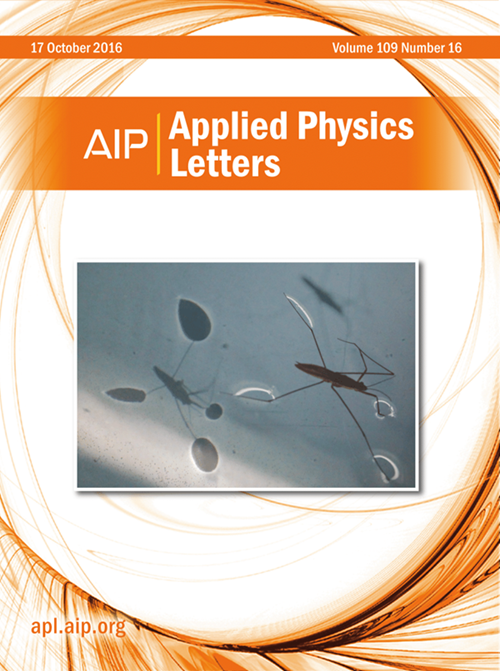Digital optics and optical intelligent agent
IF 3.6
2区 物理与天体物理
Q2 PHYSICS, APPLIED
引用次数: 0
Abstract
Over the past few decades, digital optical technologies have undergone significant advancements and revolutionized the optical science and technologies. It not only challenges the classical optical frameworks (e.g., the laws of refraction and reflection, and the optical diffraction limit) but also enables unprecedented control over light–matter interactions. Early research in the digital optics field predominantly focused on validating fundamental principles and demonstrating proof-of-concept applications. Recently, the fast breakthroughs in computational electromagnetics, artificial intelligence, and cross-scale nanofabrication have dramatically improved the performances of digital optical components. These advancements are now propelling the field toward addressing a pivotal challenge: How can digital optics be harnessed to manipulate optical information and energy under complex and harsh environments? This rapidly evolving frontier has garnered substantial attention within the photonics community, establishing it as a pivotal enabler for next-generation optical/photonic technologies. This Perspective briefly reviews the history and current landscape of digital optics, with a focus on discussing its future development and challenge toward optical intelligent agents (OIAs).数字光学与光学智能代理
在过去的几十年里,数字光学技术取得了显著的进步,使光学科学和技术发生了革命性的变化。它不仅挑战了经典的光学框架(例如,折射和反射定律,以及光学衍射极限),而且还实现了对光-物质相互作用的前所未有的控制。数字光学领域的早期研究主要集中在验证基本原理和演示概念验证应用上。近年来,计算电磁学、人工智能和跨尺度纳米制造等领域的快速突破极大地提高了数字光学元件的性能。这些进步正在推动该领域解决一个关键挑战:如何利用数字光学在复杂和恶劣的环境下操纵光学信息和能量?这一快速发展的前沿领域已经引起了光子学界的广泛关注,使其成为下一代光学/光子技术的关键推动者。本文简要回顾了数字光学的历史和现状,重点讨论了数字光学的未来发展和对光学智能体(OIAs)的挑战。
本文章由计算机程序翻译,如有差异,请以英文原文为准。
求助全文
约1分钟内获得全文
求助全文
来源期刊

Applied Physics Letters
物理-物理:应用
CiteScore
6.40
自引率
10.00%
发文量
1821
审稿时长
1.6 months
期刊介绍:
Applied Physics Letters (APL) features concise, up-to-date reports on significant new findings in applied physics. Emphasizing rapid dissemination of key data and new physical insights, APL offers prompt publication of new experimental and theoretical papers reporting applications of physics phenomena to all branches of science, engineering, and modern technology.
In addition to regular articles, the journal also publishes invited Fast Track, Perspectives, and in-depth Editorials which report on cutting-edge areas in applied physics.
APL Perspectives are forward-looking invited letters which highlight recent developments or discoveries. Emphasis is placed on very recent developments, potentially disruptive technologies, open questions and possible solutions. They also include a mini-roadmap detailing where the community should direct efforts in order for the phenomena to be viable for application and the challenges associated with meeting that performance threshold. Perspectives are characterized by personal viewpoints and opinions of recognized experts in the field.
Fast Track articles are invited original research articles that report results that are particularly novel and important or provide a significant advancement in an emerging field. Because of the urgency and scientific importance of the work, the peer review process is accelerated. If, during the review process, it becomes apparent that the paper does not meet the Fast Track criterion, it is returned to a normal track.
 求助内容:
求助内容: 应助结果提醒方式:
应助结果提醒方式:


